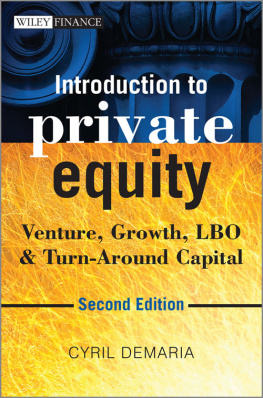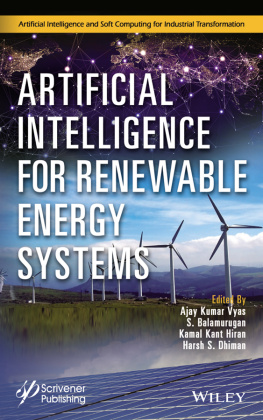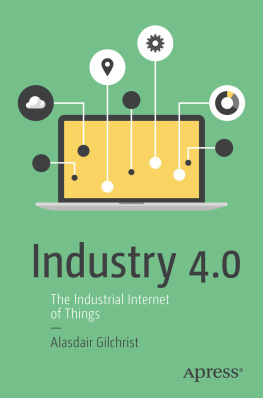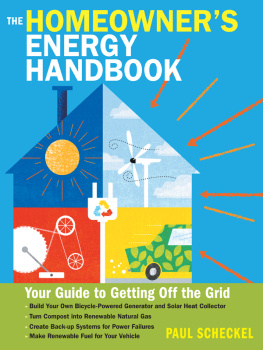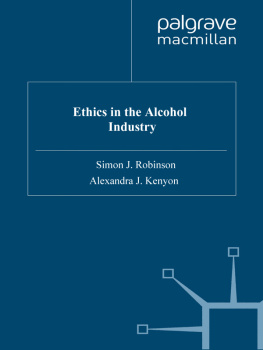
Bio diesel


SECOND EDITION
GREG PAHL
Foreword by Bill McKibben
CHELSEA GREEN PUBLISHING COMPANY
WHITE RIVER JUNCTION, VERMONT
Copyright 2004, 2008 Greg Pahl. All rights reserved.
No part of this book may be transmitted or reproduced in any
form by any means without permission in writing from the publisher.
Developmental Editor: Ben Watson
Project Manager: Emily Foote
Copy Editor: Susan Barnett
Proofreader: Ellen Brownstein
Book Designer: Peter Holm
Printed in the United States of America
First printing, August, 2008
10 9 8 7 6 5 4 3 2 1 08 09 10 11 12 13
Our Commitment to Green Publishing
Chelsea Green sees publishing as a tool for cultural change and ecological stewardship. We strive to align our book manufacturing practices with our editorial mission and to reduce the impact of our business enterprise on the environment. We print our books and catalogs on chlorine-free recycled paper, using soy-based inks whenever possible. This book may cost slightly more because we use recycled paper, and we hope youll agree that its worth it. Chelsea Green is a member of the Green Press Initiative (www.greenpressinitiative.org), a nonprofit coalition of publishers, manufacturers, and authors working to protect the worlds endangered forests and conserve natural resources.
Biodiesel, Second Edition, was printed on 50-lb. Natures Book Natural, a 30-percent postconsumer-waste recycled, FSC (Forest Stewardship Council)-certified paper supplied by Thomson-Shore.
Library of Congress Cataloging-in-Publication Data
Pahl, Greg.
Biodiesel : growing a new energy economy / Greg Pahl ; foreword by Bill McKibben. -- 2nd ed.
p. cm.
Includes bibliographical references.
eBook ISBN: 978-1-60358-018-2
1. Biodiesel fuels. I. Title.
TP359.B46P34 2008
333.95'39--dc22
2008021200
Chelsea Green Publishing Company
Post Office Box 428
White River Junction, VT 05001
(800) 6394099
www.chelseagreen.com
This book is dedicated to the many people around the world
who have worked tirelessly to make biodiesel a reality.
The use of vegetable oils for engine fuels may seem insignificant today, but such oils may become, in the course of time, as important as petroleum and the coal-tar products of the present time.
RUDOLF DIESEL, 1912
CONTENTS
While I worked on this project, I met and spoke with some wonderful, enthusiastic people who are committed to helping the global community free itself from its dependency on fossil fuels.
I would like to acknowledge the many people who were so generous with their time and advice. This book would not have been possible without people like Dr. Charles Peterson, University of Idaho, Moscow, Idaho; Dr. Thomas Reed, Golden, Colorado; Professor Leon Schumacher, University of Missouri at Columbia; Professor Jon Van Gerpen, University of Idaho, Moscow, Idaho; Bill Ayres, Kansas City, Kansas; Bob King, president, and Daryl Reece, vice president, Pacific Biodiesel Inc., Kahului, Hawaii; Jerrel Branson, former president, Best BioFuels, LLC, Austin, Texas; Tom Leue, president, Homestead Inc., Williamsburg, Massachusetts; John Hurley, Dog River Alternative Fuels, Berlin, Vermont; Joel Glatz, vice president, Frontier Energy, Inc., South China, Maine; Gene Gebolys, president, World Energy Alternatives LLC, Chelsea, Massachusetts; Dennis Griffin, chairman, Griffin Industries, Cold Spring, Kentucky; Gary Haer, West Central Coop, Ralston, Iowa; Joe Loveshe, esters sales manager, Columbus Foods, Chicago, Illinois; Jeff Probst, president and CEO, Blue Sun Biodiesel, Denver, Colorado; Bob Clark, sales manager, biodiesel division, Imperial Western Products, Coachella, California; John Plaza, founder and president, and Brian Young, Imperium Renewables, Inc., Seattle, Washington; John Williams, Scoville Public Relations, Seattle, Washington; Tom Bryan, editor, Biodiesel magazine, Grand Forks, North Dakota; Kyle Althoff, BBI International, Lakewood, Colorado; Joe Jobe, CEO, Charles Hatcher, former regulatory director, Manning Feraci, vice president of federal affairs, Scott Hughes, director of governmental affairs, Jenna Higgins, director of communications, and Amber Pearson, communications specialist, the National Biodiesel Board, Jefferson City, Missouri; Neil Caskey, former special assistant to the CEO, American Soybean Association, St. Louis, Missouri; Bill Schuermann, American Soybean Association, St. Louis, Missouri; Gerhard H. Knothe, National Center for Agricultural Utilization Research, Peoria, Illinois; Alan Weber, MARC-IV Consulting, Columbia, Missouri; John Van de Vaarst, deputy area director, Beltsville Agricultural Research Center, Beltsville, Maryland; Professor Andrew Foley, United States Coast Guard Academy, New London, Connecticut; Nicole Cousino, San Francisco, California; Sarah Lewison, San Francisco, California; Maria Mark Alovert, San Francisco, California; Michael Sturtz, The Crucible, Oakland, California; Professor Phanindra Wunnava, Middlebury College, Middlebury, Vermont; Kyoko Davis, Middlebury College, Middlebury, Vermont; Terry Mason, North Wolcott, Vermont.
I also want to thank Raffaello Garofalo, secretary general, and Christian Schaible, European Biodiesel Board, Brussels, Belgium; Werner Krbitz, chairman, Austrian Biofuels Institute, Graben, Austria; Manfred Wrgetter, deputy director, head of Research Agricultural Engineering, Federal Institute for Agricultural Engineering, Wieselburg, Austria; Dr. Martin Mittelbach, Institute of Organic Chemistry, University of Graz, Graz, Austria; Lourens du Plessis, Bio/Chemtek division, CSIR, Pretoria, South Africa; and Darryl Melrose, Biodiesel SA, Merrivale, South Africa.
I offer my sincere thanks to all the wonderful folks at Chelsea Green Publishing who helped bring this book to completion. In particular I want to thank Ben Watson and Marcy Brant, my editors, who helped guide me through the process. And I especially want to thank Margo Baldwin for her unwavering enthusiasm and support for this project.
I also want to thank the Austrian Biofuels Institute, the Union for the Promotion of Oil and Protein Plants (Germany), the European Biodiesel Board, and the National Biodiesel Board, who supplied the information for most of the charts, and anyone else I may have forgotten to mention. All of your contributions, both large and small, are greatly appreciated.
Last, but by no means least, I want to thank my wife, Joy, for her help in chasing down obscure facts, proofreading, making suggestions, and generally putting up with me while I was trying to meet deadlines.
What a difference four years make. In 2004, when I was researching and writing the first edition of Biodiesel: Growing a New Energy Economy, the biodiesel industry was on a roll. In Europe, the global leader in biodiesel production, most countries were investing heavily in promoting and encouraging the industry with a broad range of tax and other benefits, biodiesel refinery construction was proceeding at a breakneck pace, profits were generally high, and the mood was ebullient. In the United States, the industry had finally begun to enter the mainstream of public awareness, plant construction was ramping up, federal and state vehicle fleets were beginning to use significant quantities of biodiesel blends, public biodiesel pumps were starting to spread across the nation, and the industry finally succeeded in getting its landmark blending tax credit passed by Congress. In other countries around the world, biodiesel was just beginning to show up on the radar screen, but a number of early initiatives were already taking place in Africa, Asia, Australia, and South America. And, in general, most environmental groups and nongovernmental organizations were supportive of the industry.
Next page

